A Guide to Rural Rainwater Harvesting and Filtering for Southeast AsiaCommunity-Scale Rural Drinking Water Supply Systems Based on Harvested Rainwater: A Case Study of Australia and Vietnam Living in a country with lots of rainfall doesn’t necessarily mean you won’t face water shortages. Some countries have lots of rainfall over a season interspersed with long dry spells, with Ethiopia and the Philippines coming to mind. Without adequate water storage, countries like these can still face water crises. Therefore, it is important for these communities to harvest their rainwater for storage and ensure that the water is available and suitable for use during the dry seasons. We’ve written this guide to give you an overview of rainwater harvesting, share some considerations for purifying rainwater, and its importance in a few countries. The Basics of Rainwater HarvestingRainwater harvesting refers to the process of collecting rainwater when it falls to the earth, storing it, and utilising it at a later point. This process has 3 main components (1):
Looking for a partner for your next rainwater harvesting rural development project? Wateroam has worked with different communities and water sources to provide clean and safe water to everyone. To find out more, contact us via the banner below: Rainwater harvesting can be broken down into two main categories, in-situ water conservation where water is conserved on-site and ex-situ water harvesting which stores water in a storage tank or reservoir. In-situ water conservationIn-situ water conservation(2) methods are made to store water directly near crops to improve the soil's water-holding capacity. Structures like pits, bunds, or ridges are dug near crops that need to be irrigated to retain rainwater for longer. For crops growing on hills, ridges can be built on terraced hills to prevent water from running down the hillslope. Ex-situ water harvesting methodsEx-situ water harvesting (3 & 4) is where rainwater is collected and stored for later use, such as drinking water, agriculture, and sanitation. Rainwater can be captured in open storage systems like ponds or collected from roofs, soil surfaces, and roads. Storing rainwater is vital in arid and semi-arid areas that experience long periods without rain mixed with periods of heavy rainfall. For agricultural use, trenches that lead water to ponds from the croplands can be used to store rainwater. There are also ex-situ agricultural setups that employ storage tanks. Roof water harvesting can provide water for drinking water and domestic use. Roof water harvesting is a system of collecting rainfall water from the roof of a building and storing it in a storage reservoir for later use. Types of Rooftop Rainwater Harvesting SystemsFor WASH purposes, we’re more focused on systems that can provide drinking water to communities such as rooftop rainwater harvesting. Below are a few common rooftop rainwater harvesting methods (6) : Rain barrels At its simplest, rainwater harvesting involves collecting rainwater from a rooftop by placing a barrel at its drainage gutter. It’s easily implemented by anyone at any residence and doesn’t take up much space. However, the amount that can be stored is small which means that most of the rain collected will overflow during heavy downpours. “Dry system” This is a larger-scale version of the rain barrel using a larger storage tank. It’s referred to as a dry system as the collection pipe “dries” after each rain event since it empties directly into the top of the water tank. This system can store a larger amount of rainwater and is better for locations with seasonal heavy rainfall followed by long dry periods. In rural settings, dry systems could be a viable option for rural areas with low density, meaning homes are too far apart from one another for a centralised system to serve efficiently. In this arrangement, each home could be supplied with its own water storage tank. “Wet system” (6) The wet system is used when you want to collect rainwater from multiple rooftops and downspouts. These downspouts are connected to a water tank via underground pipes. When it rains, rainwater will fill the underground piping which makes the water rise in the vertical pipes until it spills into the storage tank. For the system to work, the lowest gutter in the house must be elevated above the storage tank’s water inlet. Wet systems could be considered for rural areas that have homes close enough together to serve a centralised water storage system. But before you decide on a rainwater harvesting project in your community, you need to consider this system’s advantages and disadvantages. Advantages of Rainwater HarvestingRainwater harvesting lets your community get freshwater without needing to rely on groundwater supplies, while providing the following advantages (7 & 8 & 9) : Reduced Usage of Potable Water Supplies and Groundwater Rainwater harvesting provides a water source that is independent of municipal supplies and places less strain on groundwater sources. You can consider rainwater harvesting in places where the water table is too difficult to access. In urban areas, rainwater can be harvested as a complementary water source which can reduce the strain on the main water supply. Water Storage During Droughts and Emergencies Rainwater harvesting can provide a cheap and reliable water source even in arid countries, as long as sufficient rainwater can be stored during rainy seasons. Purified Rainwater is Suitable for Drinking Rainwater has lower salinity (salt content) and pollutants compared to groundwater. It can still be exposed to biological and chemical contaminants from the surfaces it touches and from the atmosphere. Still, these can be easily purified to make it safe for drinking. Untreated Rainwater is Suitable for Non-Drinking Uses Even with minor contamination, untreated rainwater is useful for non-drinking uses such as washing and crop irrigation. Reducing Soil Erosion and Contaminated Runoff (10) Rainwater harvesting helps to limit stormwater run-off either by trapping rainwater in pits, ponds or trenches near croplands or storing water in storage tanks. This helps to reduce floods in lower-lying areas. With less water flowing over the soil, soil erosion and surface water contamination by pesticides and fertilisers are reduced when it rains leading to cleaner lakes and ponds (11). Disadvantages of Rainwater HarvestingEvery community is different, and there are cases where rainwater harvesting may not be a viable solution. Disadvantages of this system include (12 & 13 & 14) : Unpredictable rainfall Rain is an unpredictable water source. It is possible that rainfall collected during some wet seasons is insufficient to cover people’s needs during the dry seasons. Initial high cost for some setups Depending on the size and complexity of the system, some rooftop methods could be expensive to install. Some rainwater harvesting methods, such as wet systems that collect water from multiple downspouts, require technical expertise and community buy-in. Regular maintenance is required Without regular system inspection and maintenance, water could stagnate and attract mosquitos. Physical debris and other organic materials could sometimes get into the water storage tanks, which must be cleaned to prevent waterborne illnesses. Water catchment filters and pipes can get clogged, and water storage tanks also need regular cleaning. Ideally, the system should be appropriatelly cleaned every six months. Certain Roof Types may seep chemicals or animal droppings into the water Certain rooftops could have paint containing toxic lead. If proper filters aren’t used, other objects like insects, dirt, or animal droppings could enter the water storage tank. Before planning your system, test the water collected from rooftops first. Storage limits - based on the tank size and things that limit tank size Any excess rainwater over the tank’s volume will be wasted. Large rainwater storage tanks also occupy a lot of space and are constrained by available space. For example, a 10,000-litre water tank has a height of 2.45 metres and a diameter of 2.4 metres. You can use this tank volume calculator to help you decide on a water storage tank size based on how much water your community needs: https://www.gigacalculator.com/calculators/tank-volume-calculator.php Why Rainwater Needs to be Purified for DrinkingRainwater picks up various contaminants before it enters your water tank, which makes it unsuitable for drinking if untreated. The USA Centers for Disease Control and Prevention has noted that rainwater can carry bacteria, parasites, viruses, and chemicals that have been linked to disease outbreaks (15) . Rainwater picks up contaminants from a few places: From the atmosphere: Rainwater can pick up dust, smoke, and particles from the atmosphere before it lands on rooftops. This is especially true for industrial areas or polluted cities. From exposure to different surfaces: Substances like asbestos, lead, or copper from roofing materials, gutters, pipes and water storage materials could make it into the water. Dirt, germs, and even bird droppings on your roof could be collected by rainwater as well. Knowing what your rainwater harvesting project’s water will be used for will help you determine the appropriate water treatment methods you need to implement: Setting Up a Rainwater Harvesting SystemWhen designing a rainwater harvesting system, several steps are needed to ensure that the project meets the needs of your community (16) :
2. Determine the water’s intended uses and water quality The water quality standards will differ according to it’s intended use, so decide what you will use the collected rainwater for. If your rainwater harvesting project needs to provide water for drinking, it’s recommended to test the water to determine the types of water purification you should use. Water for drinking requires more stringent water purification methods. These are different types of water quality tests that adhere to WHO water quality standards. For detailed chapters on these standards, you can visit the latest WHO guidelines and check out our article on water standards. Wateroam also sells water test kits that can help test 10 different water quality factors:
3. Select the appropriate system components These include the catchment surface you’ll use, the gutters, the filtration system, water storage tank, and delivery system. The components need to account for the size of the catchment area, the local climate, what the water will be used for, and budget constraints. The size of your components and storage capacity should be based on your community’s water needs, rainfall patterns, and total catchment area. The storage tank should be able to hold enough rainwater to support peak water demand between rain events. You can find out how much water is required for people’s daily and community needs in our blog post on WaSH standards during emergencies. 4. Selecting the right water purification methods After identifying the contaminants in the water in step 2, select appropriate water purification methods for your community. The methods you choose also need to consider the needs and size of your community. If their homes are too far apart for a centralised system, you must consider how the purification methods will work in each home and how to educate the community on how to maintain them. In centralised systems, water can be purified before it enters the main water storage tank. Below is a sample of what a centralised rainwater harvesting system could look like: There are various water purification methods you can use to deal with different types of water contamination: Microorganisms can be removed through various methods, such as filtration, boiling, and chlorination. Solid particles can be removed via filtra$tion and coagulation. Chemicals that leach into the water may require more technical methods, like reverse osmosis. You can find more details on different contamination and filtration types on our water FAQs page. For further protection, screens should be installed on the water inlets of the water storage or at the gutters leading to the underground pipes (17) . This prevents large solid items like leaves and insects from entering the piping. First flush diverters can help remove the initial water that comes into the system to help prevent chemical contaminants and some physical objects from entering the water system. First flushes need to be sized according to the roof area and for each downspout. A general recommendation is that first flush devices should remove about 10 gallons/ 37.8 litres of water per 1000 square feet (92.9 square metres) of roof area (18). However, this is more of a guideline and how scarce water is in the area should still be considered. Wateroam also provides water filters using ultrafiltration technology to help communities who rely on rainwater harvesting. As part of our Sustainable Water Project campaign, we work with various NGO partners to bring clean water and provide small business opportunities in rural communities. The first pilot site for this project, in Takeo, Cambodia, has been a resounding success. Most residents are elderly individuals and farmers who rely on rainwater harvesting. Their drinking water is often contaminated by dirty rooftops and stored in cisterns that are prone to mosquito breeding. Firewood is scarce and must be used for cooking, so few families boil their drinking water before receiving their filters. As a result, the villagers are at risk of water-borne diseases. Our water filters give them clean water without the need to boil it first which has sustainably improved the community’s health. You can check out more of this story here. Our water filters use ultrafiltration technology which is effective in removing 99.9999% of bacteria, parasites and 99.99% of viruses. We’ve designed our water filters to be portable and easy to set up and maintain in rural communities. You can find out more about our filters on our product page. To find out more, like our work in Trapang Vihear village, check out our blog post on our Sustainable Water Project and this article from EverythingAboutWater. Our ROAMfilter Plus in action at a rainwater storage tank in Trapang Vihear. 5. Ensure compliance with regulations and building codes It’s vital to research and comply with local regulations and building codes related to rainwater harvesting. Currently, not all countries have established rainwater harvesting or building codes related to rainwater harvesting, but there are a few such as what the Philippines’ has for Metro Manila (19). We also recommend familiarising yourself with local and international water quality regulations such as the following:
6. Plan regular maintenance and inspection Rainwater harvesting systems are independent of municipal water supplies which means your community is responsible for its maintenance (23). When educating the community about water, sanitation and hygiene practices, it’s recommended to select a few stakeholders who are responsible for regularly testing the water quality, cleaning the water tanks and maintaining the system. Below are a few steps for maintaining rainwater harvesting systems:
We hope that this guide will be useful for your next rainwater harvesting community project and wish you the best of luck in your mission to bring clean water to all. Rainwater harvesting is just one component of upgrading a community’s water supply; water storage is just as important. To learn more about water storage, check out our blog post on gravity-fed water systems. If you’d like to speak with us to find out more about what we do and how our water filters work, you can contact us below: References:
Bonus materials: https://www.researchgate.net/figure/Typical-rain-barrel-setup-to-collect-stormwater-runoff-from-a-rooftop-source_fig2_241835911 Semi-Arid Green Infrastructure Toolbox - Rainwater Harvesting Practices Emergency Wash Org - S.7 Gravity
0 Comments
Leave a Reply. |
Want more?Click below to see what other blog topics might peak your interest. 


|
- About Us
- Products
- Solutions
- Resources
- Get Involved
-
Blog
- The Global Water Situation
-
Facts about Water
>
- Water supplies for crisis
- WaSH During Emergencies
- Well Water Cleaning and Filtration Guide: Southeast Asia
- Gravity-fed Water Systems: Water Purification and Filtration setups in Southeast Asia
- A Guide to Rural Rainwater Harvesting and Filtering
- Water Shortages and Their Effect on Children in Rural Schools
- WaSH Planning and Design Framework Resources for Indonesia and the Philippines
- Rural Community Water Supply: Water Systems in Villages
- Info on our Products
- Impact Stories
- Upcoming & Past Events
- Contact
- Store
- About Us
- Products
- Solutions
- Resources
- Get Involved
-
Blog
- The Global Water Situation
-
Facts about Water
>
- Water supplies for crisis
- WaSH During Emergencies
- Well Water Cleaning and Filtration Guide: Southeast Asia
- Gravity-fed Water Systems: Water Purification and Filtration setups in Southeast Asia
- A Guide to Rural Rainwater Harvesting and Filtering
- Water Shortages and Their Effect on Children in Rural Schools
- WaSH Planning and Design Framework Resources for Indonesia and the Philippines
- Rural Community Water Supply: Water Systems in Villages
- Info on our Products
- Impact Stories
- Upcoming & Past Events
- Contact
- Store

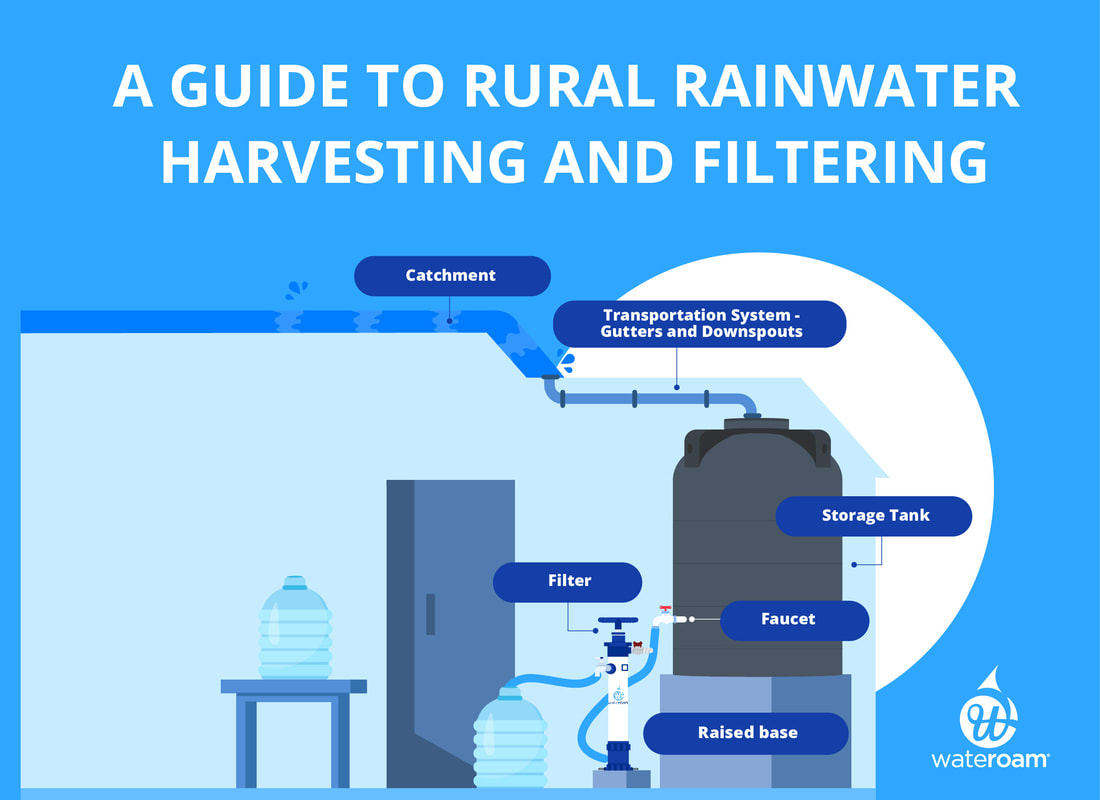
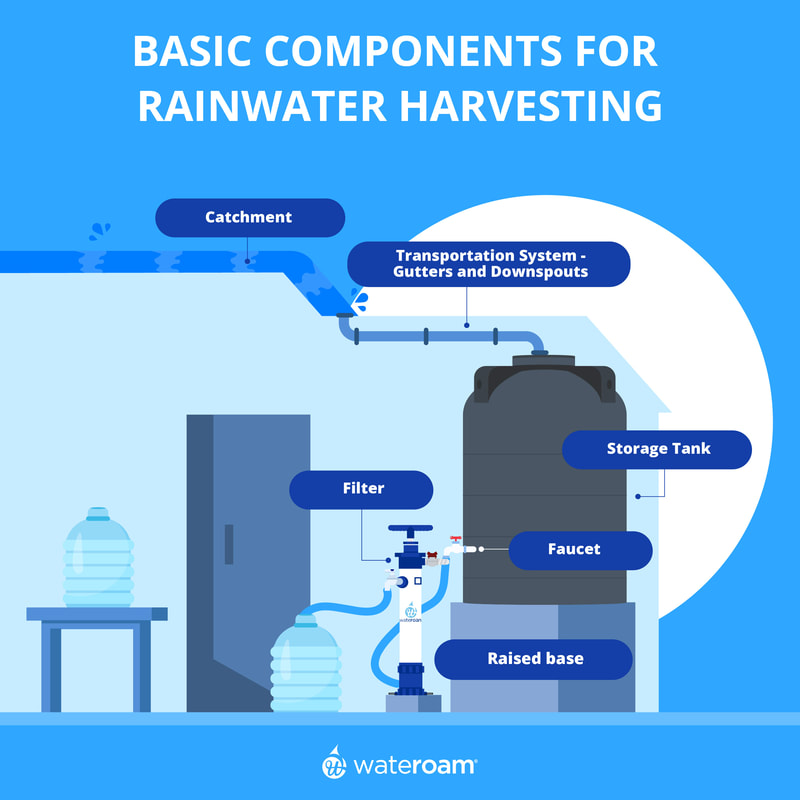

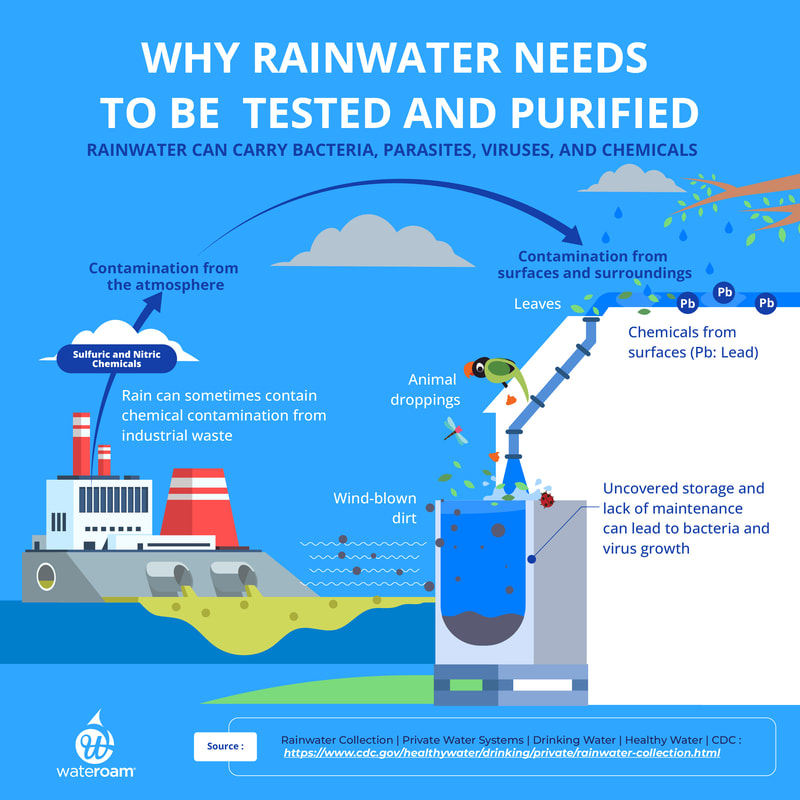
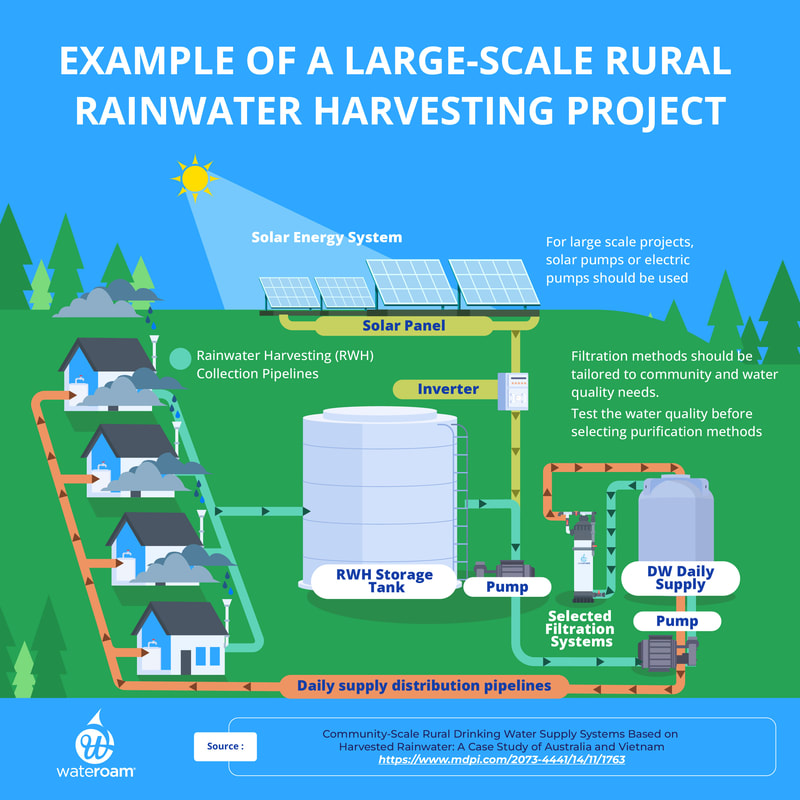
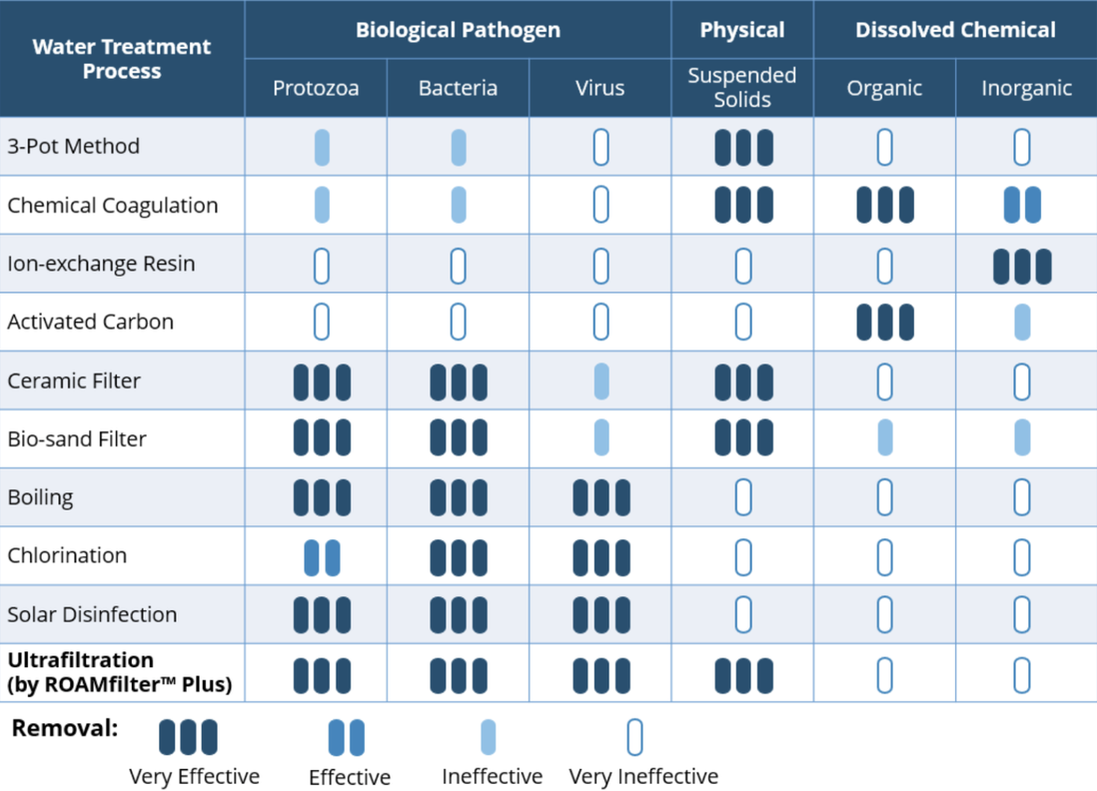
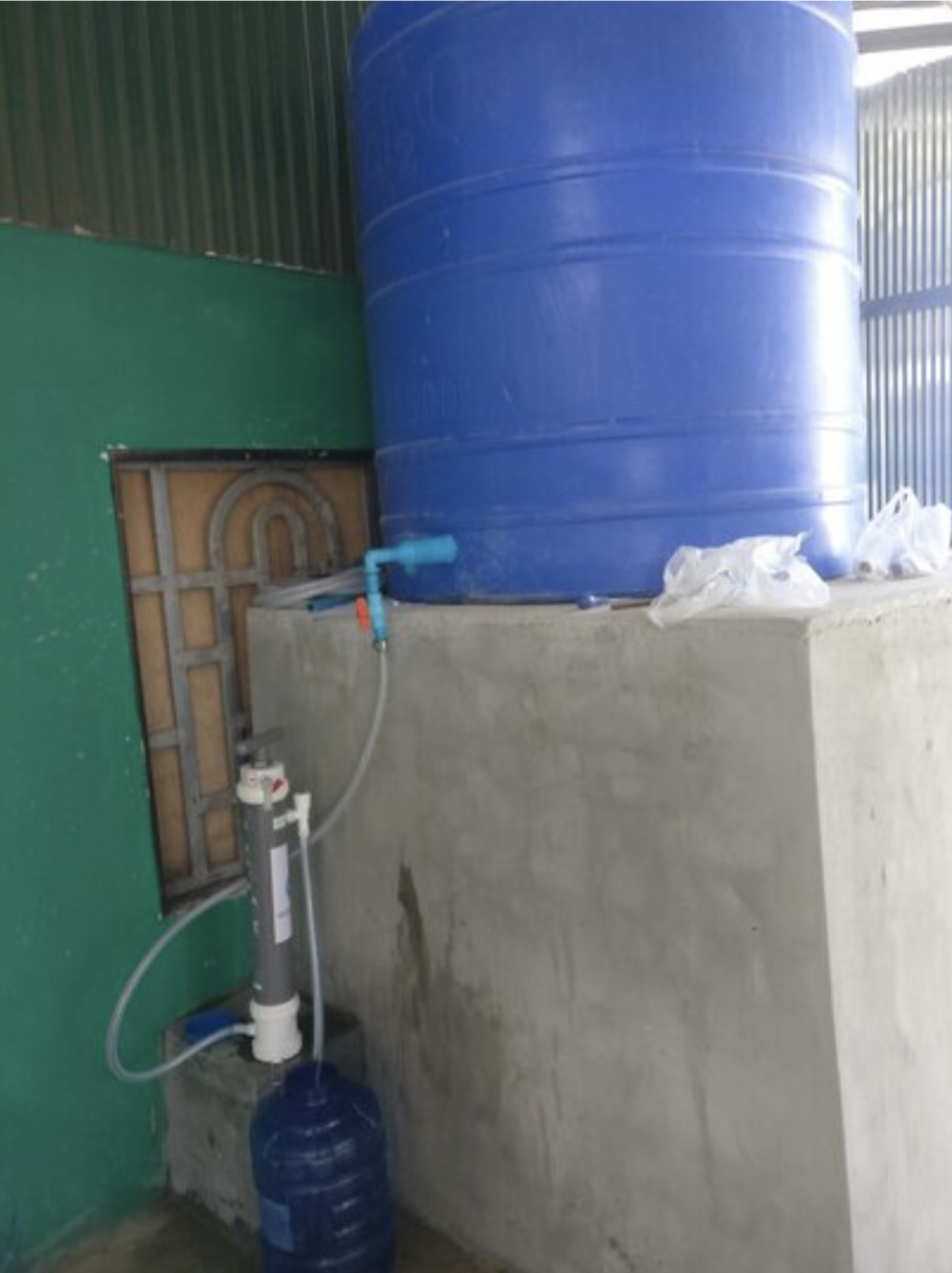
.jpg)